-
 bitcoin
bitcoin $114206.058833 USD
-0.82% -
 ethereum
ethereum $4129.796871 USD
-1.31% -
 tether
tether $0.999964 USD
0.00% -
 xrp
xrp $2.640265 USD
-0.68% -
 bnb
bnb $1141.700384 USD
-0.18% -
 solana
solana $200.380665 USD
-2.05% -
 usd-coin
usd-coin $0.999888 USD
0.01% -
 dogecoin
dogecoin $0.200706 USD
-3.43% -
 tron
tron $0.299112 USD
-0.60% -
 cardano
cardano $0.668491 USD
-2.72% -
 hyperliquid
hyperliquid $46.924669 USD
-2.72% -
 chainlink
chainlink $18.286013 USD
-2.66% -
 bitcoin-cash
bitcoin-cash $555.734639 USD
-0.58% -
 stellar
stellar $0.323999 USD
-2.74% -
 ethena-usde
ethena-usde $0.999169 USD
0.00%
How to use the KDJ indicator to manage risk in your portfolio?
The KDJ indicator helps crypto traders identify overbought/oversold levels, time entries/exits via %K-%D crossovers, and spot momentum shifts using %J divergences.
Oct 11, 2025 at 06:18 am
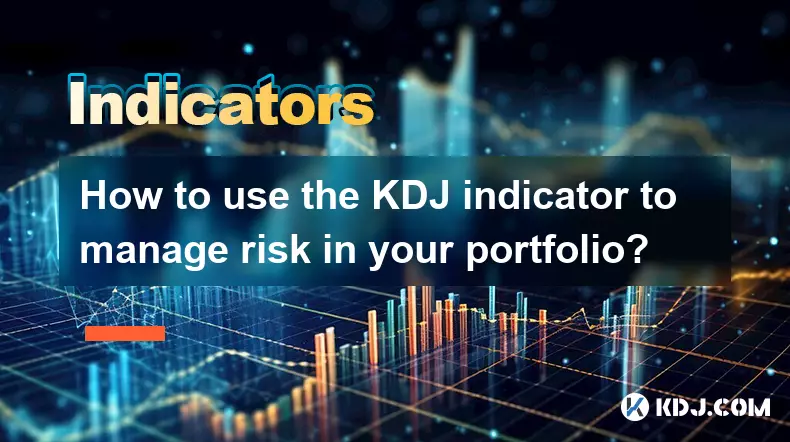
Understanding the KDJ Indicator in Cryptocurrency Trading
1. The KDJ indicator, also known as the Stochastic Oscillator, is a momentum-based tool widely used in technical analysis across financial markets, including the cryptocurrency space. It consists of three lines: %K (the fast line), %D (the slow line, which is a moving average of %K), and %J (a divergence value derived from %K and %D). These values oscillate between 0 and 100, helping traders identify overbought and oversold conditions.
2. In the volatile environment of crypto trading, the KDJ provides signals that can assist in timing entries and exits. When the %K line crosses above the %D line in the oversold region (typically below 20), it may indicate a bullish reversal. Conversely, when %K crosses below %D in the overbought zone (above 80), it could signal a bearish turn. These crossovers help traders anticipate shifts in price momentum before they fully materialize.
3. One of the primary benefits of using the KDJ in portfolio management is its ability to detect early signs of exhaustion in price trends. For instance, if Bitcoin has been rallying for several days and the KDJ reaches 90 with the %J line sharply diverging, this suggests the uptrend may be losing strength. Acting on such signals allows investors to reduce exposure or tighten stop-loss levels proactively.
4. Traders often combine the KDJ with other indicators like volume profiles or moving averages to filter out false signals. Since cryptocurrencies are prone to whipsaws and sudden volatility spikes, relying solely on one oscillator can lead to poor decisions. Confirming KDJ readings with on-chain data or trendlines increases the reliability of risk mitigation strategies.
Setting Dynamic Stop-Loss Levels Using KDJ Signals
1. A practical application of the KDJ in risk control involves adjusting stop-loss orders based on the indicator’s behavior. When the %K and %D lines enter the overbought zone and begin to turn downward, it may be wise to move the stop-loss up to lock in profits. This dynamic approach prevents giving back gains during sudden pullbacks.
2. During strong downtrends, if the KDJ drops below 10 and starts curving upward while %K crosses above %D, it might indicate a temporary bottom. At this point, instead of exiting entirely, a trader could maintain a portion of the position with a tighter stop-loss just below the recent low, minimizing downside risk while allowing for potential rebounds.
3. Using trailing stops anchored to KDJ reversals ensures that positions are protected without being prematurely exited due to short-term noise. For example, if Ethereum’s price rises and the KDJ remains in the 70–80 range without hitting overbought territory, the trend may still have room to run. Only when %K crosses down through %D at extreme levels should protective measures be intensified.
4. Some algorithmic trading bots integrate KDJ thresholds into their logic, automatically reducing position size or initiating partial profit-taking when certain conditions are met. This removes emotional bias and enforces disciplined risk management aligned with market momentum.
Portfolio Rebalancing Based on KDJ Divergence
1. Hidden and regular divergences detected by the KDJ can serve as powerful cues for rebalancing a crypto portfolio. Regular bearish divergence occurs when price makes higher highs but the KDJ makes lower highs, indicating weakening momentum. This may prompt a shift from aggressive altcoins to stablecoins or less volatile assets like BTC or ETH.
2. On the flip side, bullish divergence—where price records lower lows but KDJ forms higher lows—can signal accumulation phases. Investors might use these moments to gradually increase exposure to undervalued projects showing improving internal strength, even if broader market sentiment remains cautious.
3. By monitoring multiple assets simultaneously through KDJ scans, traders can rotate capital toward coins exhibiting favorable momentum shifts while de-risking those showing exhaustion patterns. This rotational strategy enhances returns over time while maintaining controlled drawdowns.
4. Institutional-grade risk frameworks increasingly incorporate stochastic-based models to assess relative strength across digital asset classes. Integrating KDJ analysis into portfolio allocation decisions supports a more responsive and adaptive investment posture in fast-moving markets.
Frequently Asked Questions
What timeframes work best for applying the KDJ in crypto trading?The 4-hour and daily charts are most effective for identifying reliable KDJ signals in cryptocurrency trading. Shorter timeframes like 5-minute or 15-minute charts generate excessive noise due to high volatility, leading to frequent false crossovers. Higher timeframes provide clearer context for trend confirmation and reduce the likelihood of impulsive reactions to transient movements.
Can the KDJ be used during sideways or ranging markets?Yes, the KDJ performs exceptionally well in range-bound conditions common in consolidation phases. In such environments, traders can repeatedly buy near the 20 level and sell near 80, leveraging the oscillator’s cyclical nature. Combining this with horizontal support/resistance zones improves execution accuracy and strengthens risk-reward ratios.
How does the %J line enhance risk assessment?The %J line amplifies the sensitivity of the KDJ by measuring the distance between %K and %D. When %J extends beyond 100 or drops below 0, it indicates extreme momentum that often precedes sharp corrections. Observing these extremes helps traders anticipate blow-off tops or capitulation bottoms, enabling timely defensive actions such as hedging or position reduction.
Is the KDJ suitable for all types of cryptocurrencies?While applicable to most digital assets, the effectiveness of the KDJ varies with liquidity and trading volume. Major coins like Bitcoin and Ethereum produce more dependable signals due to deeper markets and smoother price action. Low-cap altcoins with erratic price swings may distort the indicator, requiring additional filters such as volume-weighted adjustments or longer smoothing periods.
Disclaimer:info@kdj.com
The information provided is not trading advice. kdj.com does not assume any responsibility for any investments made based on the information provided in this article. Cryptocurrencies are highly volatile and it is highly recommended that you invest with caution after thorough research!
If you believe that the content used on this website infringes your copyright, please contact us immediately (info@kdj.com) and we will delete it promptly.
- Essex Post Office, 5p Coins, and King Charles: A Royal Mint Revelation!
- 2025-10-23 10:30:16
- Waymo's Newark Airport AV Tests: Alphabet's AI Gamble Pays Off?
- 2025-10-23 10:30:16
- King Charles 5p Coins: A Royal Flush in Your Pocket?
- 2025-10-23 10:35:18
- Solana, Crypto Advisory, and Forward Industries: A New York Minute on the Future of Finance
- 2025-10-23 08:51:22
- MAGACOIN: Ethereum Whales Dive into the Hottest Presale of 2025
- 2025-10-23 08:51:22
- Kadena's End of the Road? KDA Token Plummets Amid Project Abandonment
- 2025-10-23 08:55:34
Related knowledge
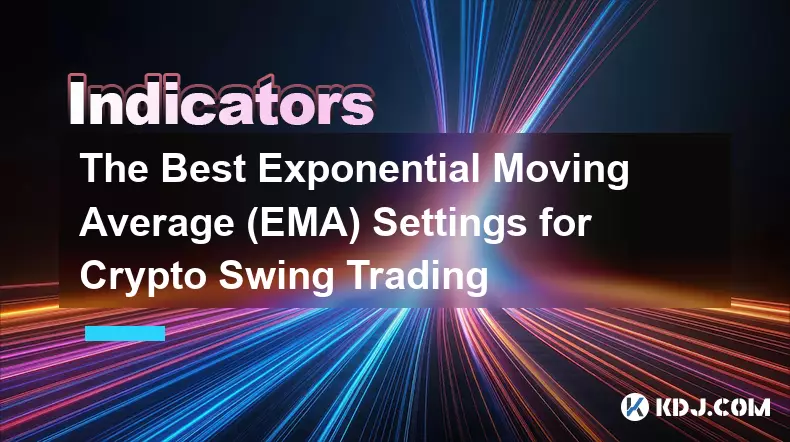
The Best Exponential Moving Average (EMA) Settings for Crypto Swing Trading
Oct 25,2025 at 04:55pm
The Best Exponential Moving Average (EMA) Settings for Crypto Swing TradingSwing trading in the cryptocurrency market relies heavily on identifying tr...
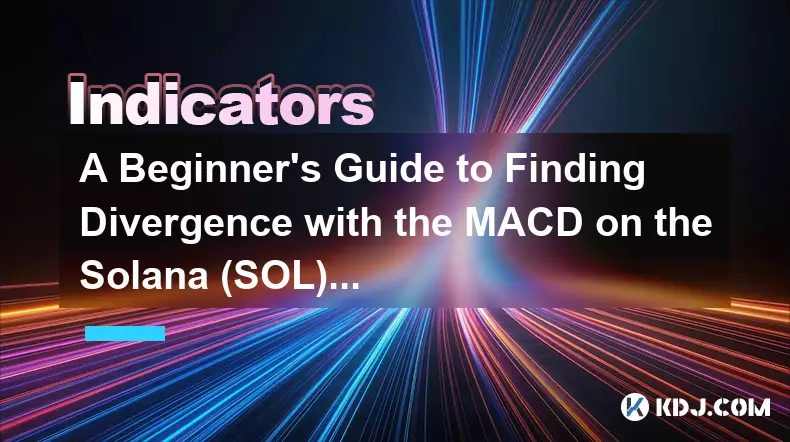
A Beginner's Guide to Finding Divergence with the MACD on the Solana (SOL) Chart
Oct 26,2025 at 12:36pm
Understanding MACD and Its Role in Solana Trading1. The Moving Average Convergence Divergence (MACD) is a momentum indicator widely used in cryptocurr...
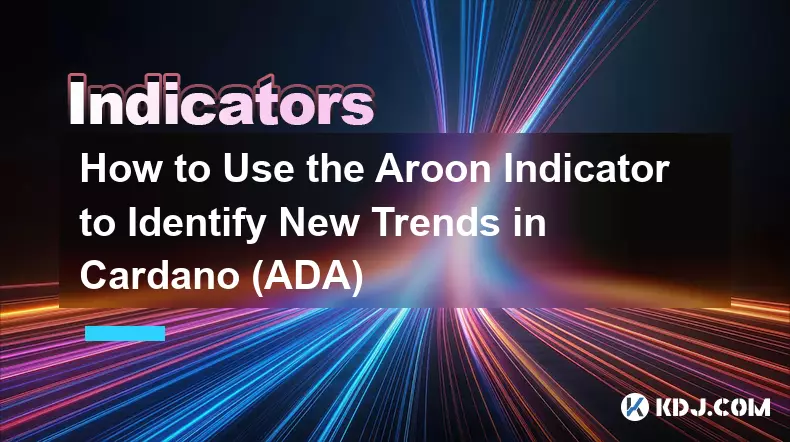
How to Use the Aroon Indicator to Identify New Trends in Cardano (ADA)
Oct 26,2025 at 10:18pm
Understanding the Aroon Indicator in Cryptocurrency Trading1. The Aroon indicator is a technical analysis tool designed to identify whether an asset i...
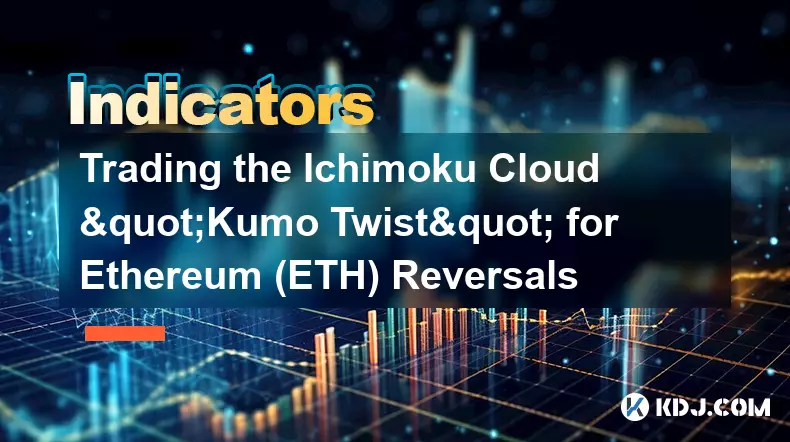
Trading the Ichimoku Cloud "Kumo Twist" for Ethereum (ETH) Reversals
Oct 27,2025 at 01:54am
Understanding the Ichimoku Cloud and Its Components1. The Ichimoku Cloud, also known as Ichimoku Kinko Hyo, is a comprehensive technical analysis tool...
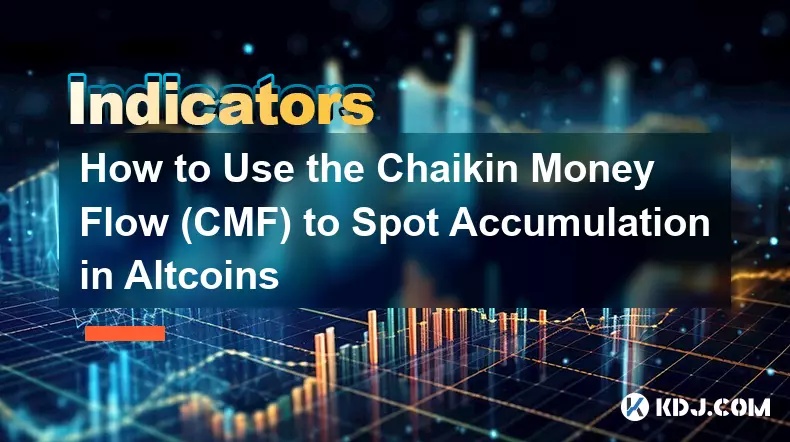
How to Use the Chaikin Money Flow (CMF) to Spot Accumulation in Altcoins
Oct 25,2025 at 08:18pm
Understanding Chaikin Money Flow in the Context of Altcoin Markets1. The Chaikin Money Flow (CMF) is a technical indicator developed by Marc Chaikin t...

How to Trade with the Keltner Channel Indicator on the Ethereum (ETH) Chart
Oct 28,2025 at 08:54am
Understanding the Keltner Channel in Ethereum Trading1. The Keltner Channel is a volatility-based technical indicator that consists of three lines: an...

The Best Exponential Moving Average (EMA) Settings for Crypto Swing Trading
Oct 25,2025 at 04:55pm
The Best Exponential Moving Average (EMA) Settings for Crypto Swing TradingSwing trading in the cryptocurrency market relies heavily on identifying tr...

A Beginner's Guide to Finding Divergence with the MACD on the Solana (SOL) Chart
Oct 26,2025 at 12:36pm
Understanding MACD and Its Role in Solana Trading1. The Moving Average Convergence Divergence (MACD) is a momentum indicator widely used in cryptocurr...

How to Use the Aroon Indicator to Identify New Trends in Cardano (ADA)
Oct 26,2025 at 10:18pm
Understanding the Aroon Indicator in Cryptocurrency Trading1. The Aroon indicator is a technical analysis tool designed to identify whether an asset i...

Trading the Ichimoku Cloud "Kumo Twist" for Ethereum (ETH) Reversals
Oct 27,2025 at 01:54am
Understanding the Ichimoku Cloud and Its Components1. The Ichimoku Cloud, also known as Ichimoku Kinko Hyo, is a comprehensive technical analysis tool...

How to Use the Chaikin Money Flow (CMF) to Spot Accumulation in Altcoins
Oct 25,2025 at 08:18pm
Understanding Chaikin Money Flow in the Context of Altcoin Markets1. The Chaikin Money Flow (CMF) is a technical indicator developed by Marc Chaikin t...

How to Trade with the Keltner Channel Indicator on the Ethereum (ETH) Chart
Oct 28,2025 at 08:54am
Understanding the Keltner Channel in Ethereum Trading1. The Keltner Channel is a volatility-based technical indicator that consists of three lines: an...
See all articles










































































